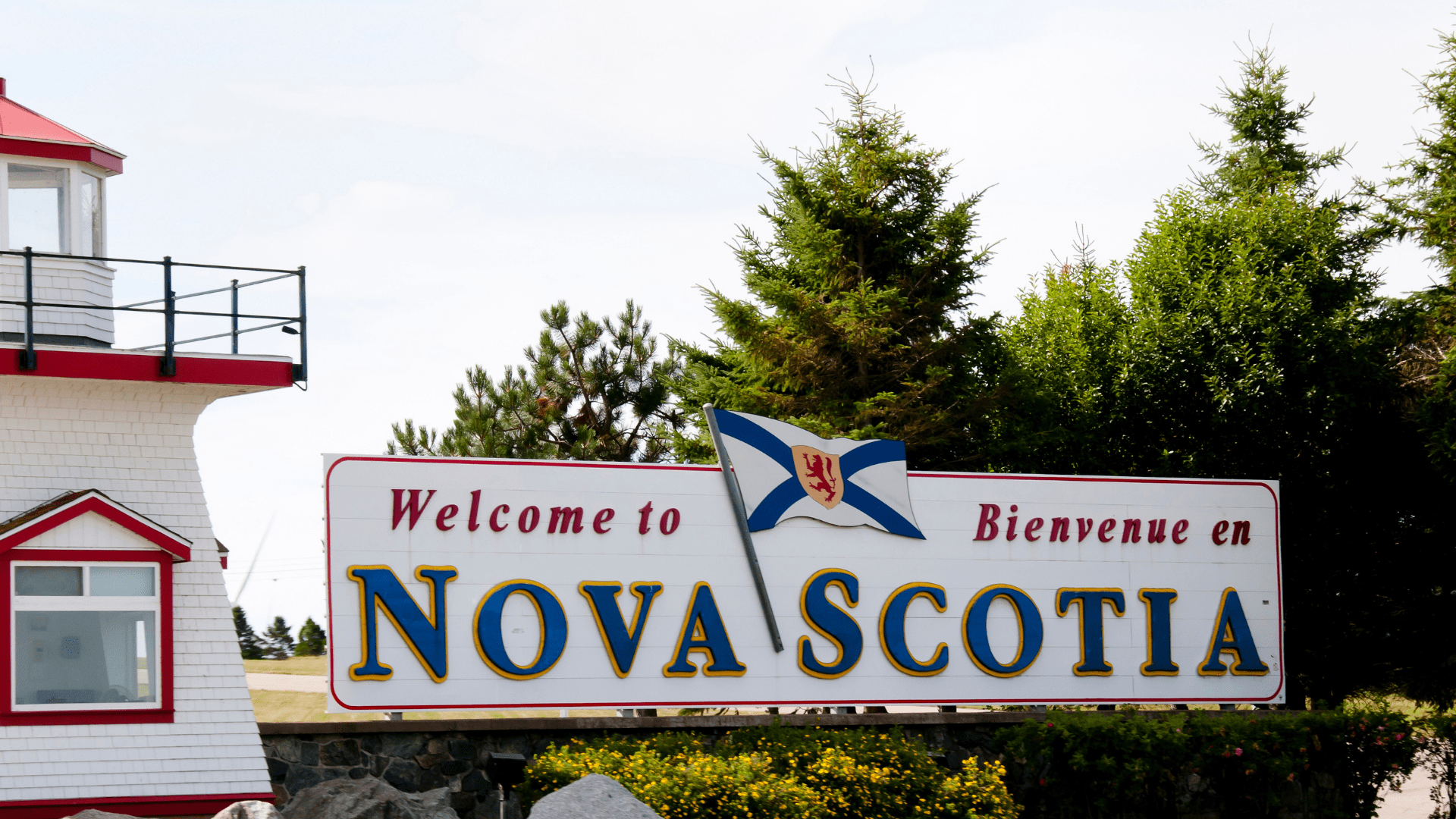If one were to go to the province of Nova Scotia’s website and click on the news section, they would find several releases celebrating record immigration levels and huge population jumps.
“We have experienced an increase not only in our immigration numbers, but interprovincial migration as well that has contributed to our population growth,” said a Government of Nova Scotia spokesperson.
The province has a reason to be optimistic. For decades, N.S.’s population was stagnating, if not in actual decline. This reality had dire implications for N.S, which had an aging population, diminishing labour force, declining tax revenue and economy. The province is directly attributing this bounce back to those record immigration levels. The province approved 3,517 applications in 2020. About 1,900 of those were from the Nova Scotia Nominee Program (NSNP) and 1,617 were from the Atlantic Immigration Pilot. That same year, 620 people coming in through the pilot project were awarded permanent residency and 1,240 through the NSNP.
The change in population growth suggests the government’s sunny outlook is well-founded. Signs of recovery began to show when the population grew in bursts in the 2000s. The first time beginning in 2001 and again in 2007. But true recovery would not happen till 2015. Back then, there were 937,000 people living in N.S. That number reached 979,000 by 2020, a 4.5 per cent increase. New Brunswick, which has a similar number of residents and a history of decline like N.S., saw lower growth in the same time period, about 2.9 per cent.
Declining population
Outmigration in N.S. is nothing new. Ontario has always been a pull for Nova Scotians looking for work. As much as 49 per cent of those who leave N.S. end up going there. However, N.S. still had pretty steady population growth throughout its history till roughly the early 90s. The collapse of the fisheries industry in Atlantic Canada around 1991 and 1992 increased outmigration from the province, further accelerating the decline when combined with diminishing birth rates. The agonizingly moribund state of affairs has continued as per usual. The trend reached a new grim milestone in the early 2010s when the death rate officially surpassed births. Between July 1, 2019 and July 1 2020, N.S. saw a birth rate deficit of 1,527 people. The province’s overall population as a percentage of the national whole has also shrunk. In 1973, N.S. was 3.6 per cent of the overall population. By 2017, it was 2.6 per cent.
The journey towards this radical break from the past began in January of 2005 at Pier 21 in Halifax. Future premier Rodney MacDonald was sworn in as the province’s first immigration minister that day, thus creating a pathway to address the ongoing issues of population decline.
“It was recognized by the (then) premier, John Hamm, and our government that there was a need to strengthen the policies, procedures and overall initiative for immigration in Nova Scotia,” MacDonald told NCM. “There was, and continues to be, a population issue in our province of Nova Scotia and there is a need to draw new people, new ideas, new investment.” That initial strategy aimed to more than double the number of immigrants who move to the province by 2010, jumping from 1,500 per year to 3,600.
The Hamm government, and later when MacDonald succeeded him as premier, wanted to retain at least 70 per cent of those who came to the province. This policy appears to have created a good deal of results. Starting in 2007, during MacDonald’s premiership, the population began to jump from 935,000 and peaked in 2011 at 942,000.
The goal of retaining 70 percent of newcomers appears to have been achieved. “About 74 percent of immigrants who had arrived during 2011-2018 were still living in the province (21,210 in total),” read the report. “The top three reasons these respondents gave for having left the province, or for their intention to leave, were to seek better employment opportunities, seek better wages and lower taxes, and trying to find better health care. Some also complained of discriminatory workplaces.”
But that growth petered off and it would be years before the current results would be seen. After MacDonald succeeded Hamm as premier, his government was marred in scandal. One of the sore points in the issue was his immigration policy. Newcomers were promised professional job experience through a mentorship scheme under the Nova Scotia Nominee Program, but instead were, allegedly, put into menial jobs. Hundreds of potential applicants needed to be reimbursed.
“Well I’m shocked the opposition would criticize the government on its policies,” MacDonald said sarcastically. He said the program in question existed before the Office of Immigration was initiated. “A review of the program occurred (in 2005) and in June of 2006 we cancelled it.”
Increasing immigration levels
Demographer and sociologist Howard Ramos of University of Western Ontario, formerly of Dalhousie University, attributes the success of the immigration policy to the work of the current premier.
“You see the real impact change with probably Stephen MacNeil,” Ramos told NCM. “MacDonald brought in the provincial nominee program. It was largely not very effective under his regime,” he added. He praised the Atlantic Immigration Pilot for accelerating the growth and recovery experienced by the province.
“There has been a reversal of outmigration as a whole. Nova Scotia is experiencing a return-migration. Both of native and foreign-born Canadians,” Prof. Ramos said.
“We spend a lot of time making sure that we can create a work environment so they can stay here,” said Premier MacNeil in an emailed statement to NCM. “When they were coming in they were actually doing jobs our children wouldn’t do or creating jobs for themselves and jobs for our own sons and daughters. I feel that and see that in the province now and that’s a positive thing.”
Mansoor Tanweer is New Canadian Media’s Local Journalism Initiative reporter on immigration policy. An immigrant himself, he has covered municipal affairs and the Brampton City Council in addition to issues relating to newcomers over several years.





